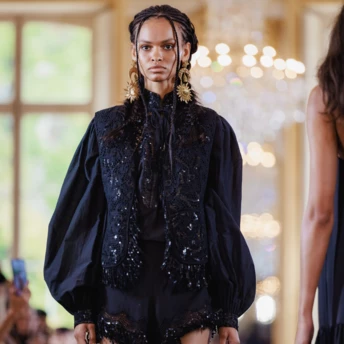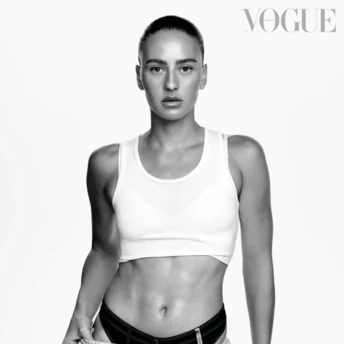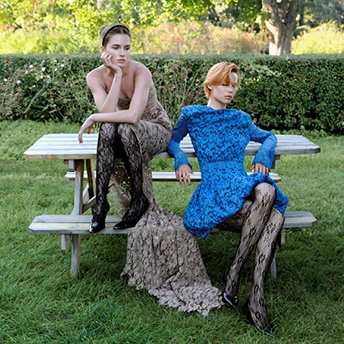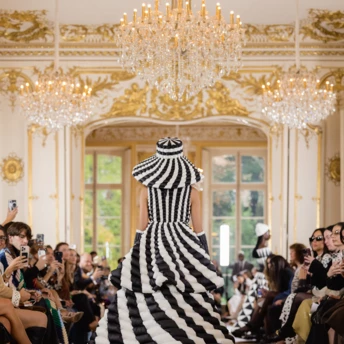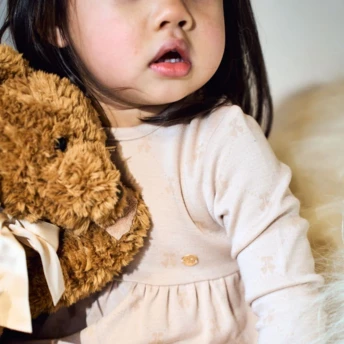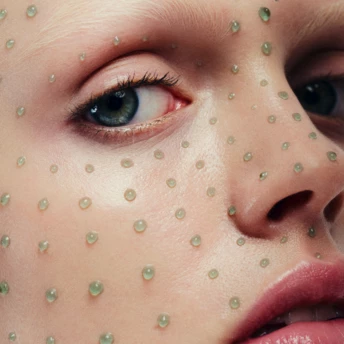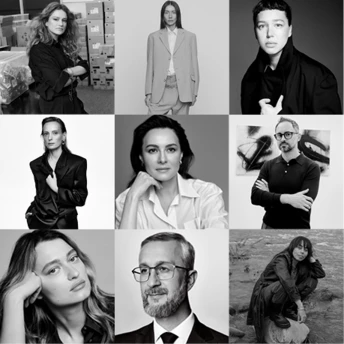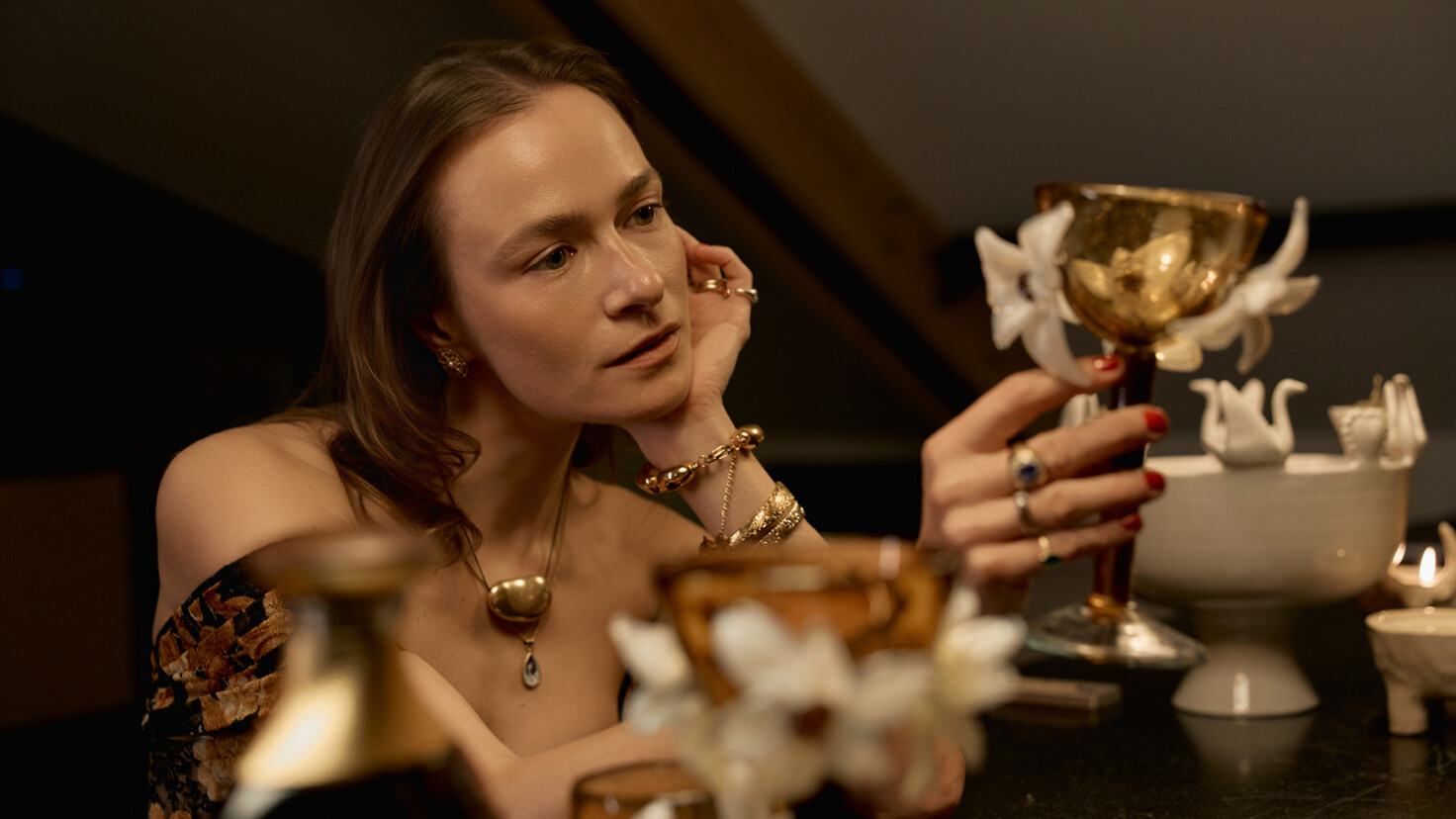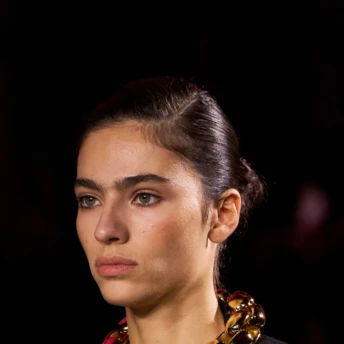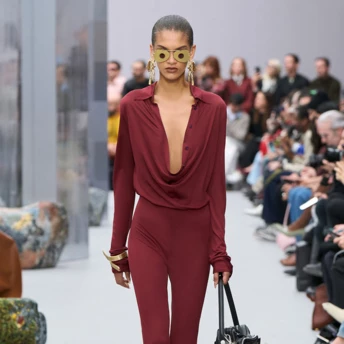Why It Matters to See Mid-Size Models on the Runway*
The fashion industry has long faced criticism for its narrow standards of beauty, and in recent seasons, the conversation around representation has only intensified. Despite the growing call for inclusivity, the runway appears to be moving backwards — in favour of ultra-thin silhouettes at the expense of body diversity. According to Vogue Business, which tracks representation across all major fashion weeks, an overwhelming 98% of models on the fall/winter 2025–26 runways were straight-size. Just 2% were mid-size, and a mere 0.3% plus-size.
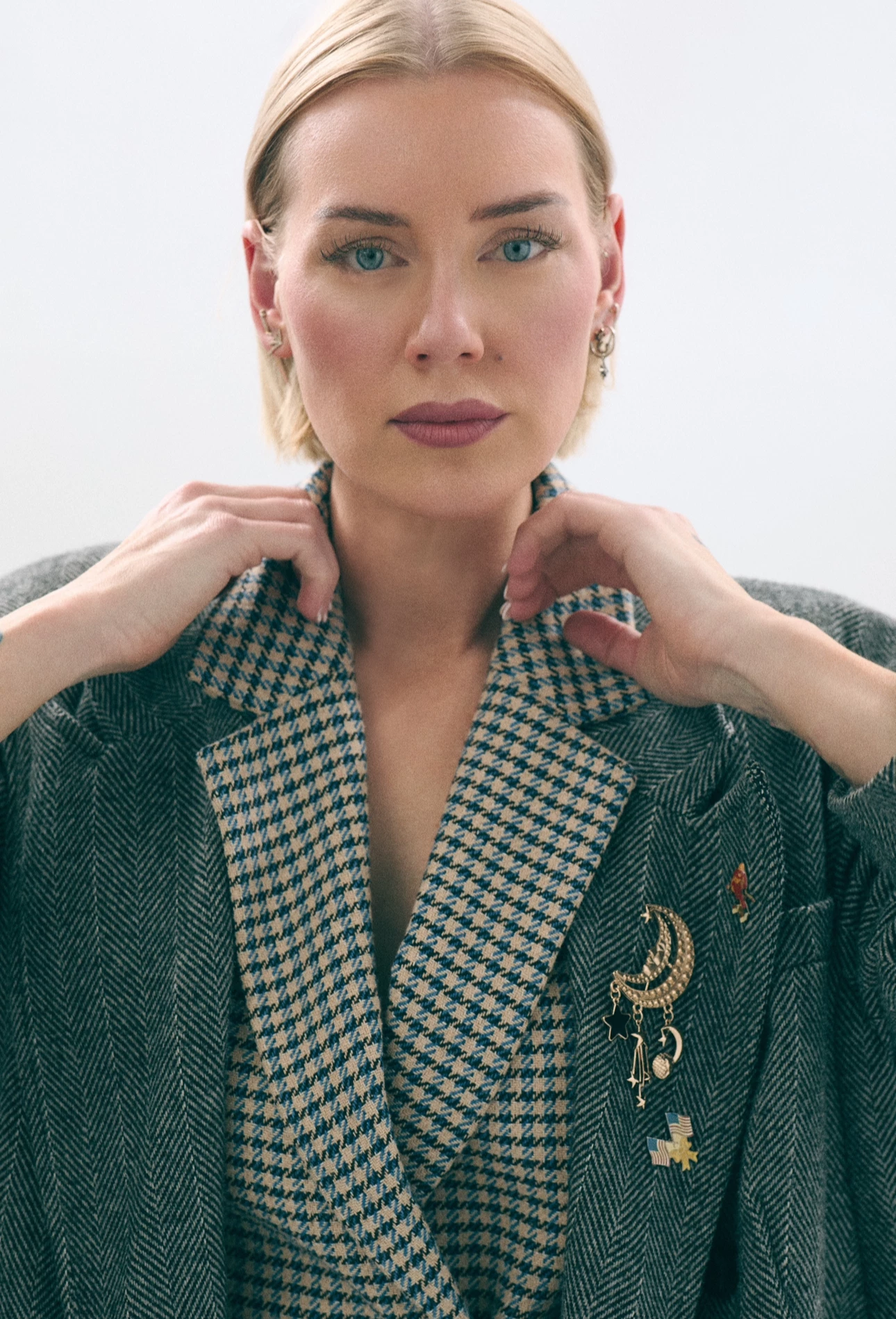
The contrast is even more striking when measured against the reality of those who actually wear the clothes. In France, for instance, a Madame Figaro report found that the most common women’s sizes are 40 and 42 — worn by nearly 40% of French women combined. Similar figures hold across much of Europe. And yet, these bodies remain virtually invisible in the spaces that shape style and aspiration. We spoke with British mid-size model Charlotte Reardon*, who spent a decade working behind the scenes as a production fit model before stepping into the spotlight — and onto the catwalk.
"After years helping designers perfect the fit of their collections before they hit the shelves, I made an unexpected shift in my mid-thirties," Reardon shares. "I began representing the ‘in-between’ — a size rarely seen on the runway. Fashion is supposed to reflect real life. And real life? It comes in all shapes, sizes, and ages. It just makes sense to show that."
Reardon’s insight is more than personal — it’s backed by data. A McKinsey & Company report revealed that brands showcasing diverse models in terms of age, body type, and background experienced up to 20% higher engagement among shoppers aged 30 to 45.

"There’s a striking contradiction," Reardon continues. "Brands often use mid-size models during the production process to ensure garments will fit the customer — but when it comes to campaign imagery or runway casting, they revert to sample or plus sizes. Walking the runway, for me, is about pushing a conversation that’s long overdue — making visible the millions of women who live in between."
Today’s consumer isn’t asking for perfection — she’s asking for reflection. A 2023 Nielsen study found that women aged 30 to 45 are 247% more likely to engage with fashion content via social media than through traditional advertising — especially when they see people who look like them.

"I’ve been saying I’ll quit next year for years," Reardon says with a smile. "But fashion is supposed to evolve with us, not leave us behind. And if denim can stay timeless, then why shouldn’t I?"
* – Model featured as part of a promotional campaign
Photo: Starky Morillo


